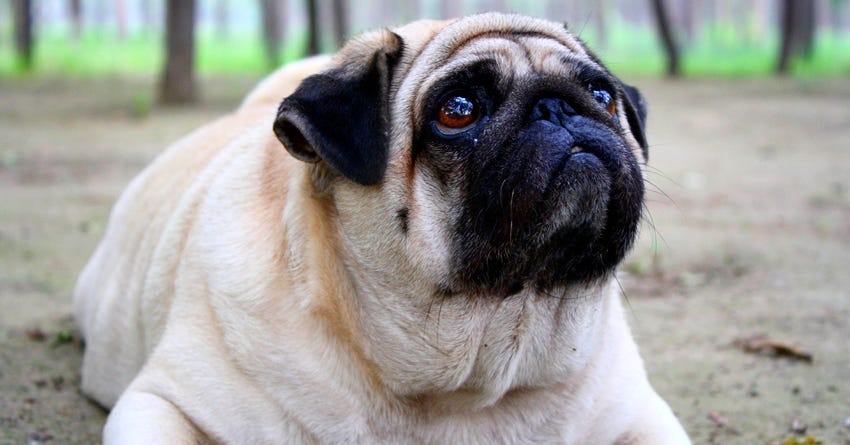9 Tips to Help Your Dog Lose Weight

As people have gotten heavier in the past decade, so have dogs. Veterinarians now say that obesity is at epidemic proportions with as many as 50% of the dogs they see suffering from obesity.
Just as with humans, obesity can lead to life threatening problems in canines, including diabetes, arthritis, heart disease, and cancer. Here are some tips to help you help your dog through this process:
Talk to Your Vet
Ask whether your dog is overweight and if so, how much weight he should lose.Weigh Your Dog at Home
If your dog will sit on the scale that’s awesome—just weigh him. But if he won’t step on to the scale there's another solution. Weigh yourself, lift your dog, step on the scale, and get your combined weight. Subtract yours and you have the dog's weight left over.Keep a Journal
Jot down your dog’s starting weight and weigh him again each week. Take notes on diet, exercise, and weight loss while updating your journal daily.Use Quality Food
If you’re feeding a dog food that's high in carbohydrates (especially cereal grains), you may need to change foods. You want a nutrient dense food based on quality meats, vegetables, and fruit.Measure the Food
Most dog owners scoop or pour food but don’t really measure it. As you begin your dog’s weight loss program, before you make any changes, simply measure his food. Keep track of all of the treats your dog is getting too; he’s probably getting more than you realize.Make Changes Gradually
Once you know exactly what your dog is eating and how much, you can begin making some gradual changes in your dog’s eating habits. Cut back on the total amount of food or gradually switch him over to a better quality food. Replace high calorie treats with chopped carrots, green beans or apple slices.Walk, Walk, and Walk Some More
Walking is a great exercise for most dogs beginning a weight loss program. Start by walking small dogs about a ¼ of a mile or larger dogs a ½ mile. Gradually, as you and your dog get used to this, begin walking farther and more quickly. If your dog has some health challenges, ask your veterinarian for guidance before starting an exercise program.Swimming is Great for Obese Dogs
If your dog has a lot of weight to shed, take him swimming. This is great exercise that will burn calories and strengthen muscles while the water supports his heavy body. Never leave your dog alone while swimming—in fact, it’s best if the two of you do this together.Play With Your Dog
Throw the ball, play tug-of-war, or participate in some organized dog sports. Anything you do with your dog that helps him move is great. Not only will he burn calories but the two of you will have fun together. Play every day for at least 20 to 30 minutes.
Losing weight and increasing your dog’s fitness is a long term project. Feeling hungry while suffering from sore muscles is no fun, so make changes gradually and make sure your dog gets plenty of attention along the way.


